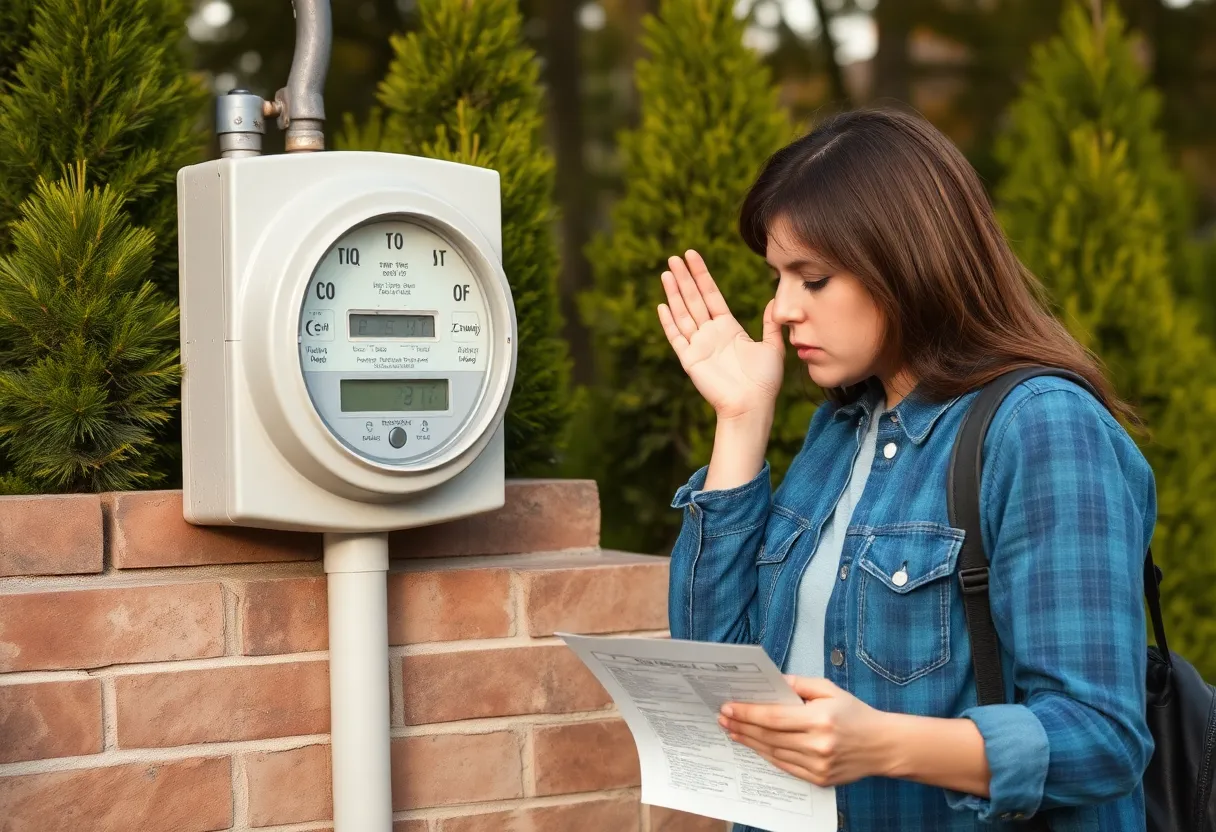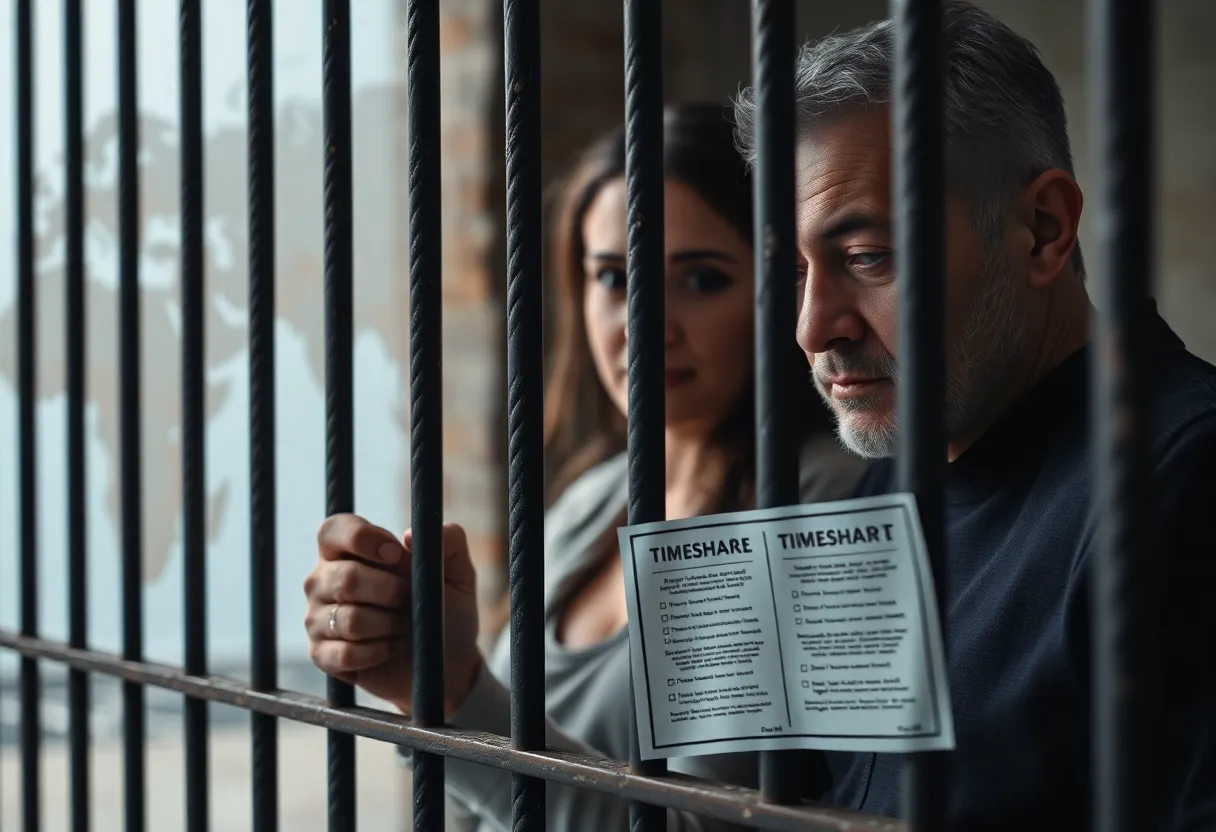In a quiet area of Novi, Michigan, there’s a facility that’s playing a big role in keeping the lights on across seven states. That’s the headquarters of ITC Holdings, a company that operates the high-voltage electric grid for Michigan, Iowa, Minnesota, Illinois, Missouri, Kansas, and Oklahoma.
When you flick the light switch on or turn the TV, the power comes to you through a web of ITC-controlled power lines. These lines are pulsing with anywhere from 34,500 to 345,000 volts of electricity, all carefully managed by a top-notch team of engineers.
Naturally, keeping the grid running smoothly requires robust security. For starters, getting into the ITC facility is not exactly a walk in the park. There are rigorous security checks at every point, and you need authorized fingerprint access to venture beyond the general offices.
Behind securely locked doors lies a conference room with a commanding view of an even more tightly guarded control room. Here, a group of 54 certified operators monitor the power flowing through the grid. The control room is not just resistant to physical threats; it’s also built to stand firm against natural disasters, such as tornadoes.
The stakes are high – Simon Whitelocke, President of ITC Michigan, highlighted the fact that there are individuals and groups out there looking to interrupt power supplies. The security measures in place at ITC aim to prevent that happening.
Those fortunate enough to gain access to the control room can see the intricacies of electric transmission on a massive, dazzling, 11.5-foot-tall screen. On it, operators can see the electricity highways across all seven states in real-time.
Every flicker of light on the screen tells a story – the state of different utility companies, the amount of electricity passing through the grid at any given moment, and the status of the breakers. The operators are constantly adjusting the electricity flow, making sure power is where it’s needed most or turned off if necessary.
So how does ITC fit into the journey of electricity from the power plants to your home? Essentially, ITC is in charge of the most crucial middle step – the transmission of electricity. Here’s how it works: Once power is generated at the source, it’s sent to a substation. There, it’s passed on to high-voltage transmission lines owned by ITC, which move the electricity along until it gets handed off to low-voltage power lines. From there, it’s taken all the way to your house.
Despite the critical nature of its operations, ITC was a barely known entity when it came into existence in 2003. Over the years, it’s grown to have more than 750 people managing transmission operations over 90,000 square miles of territory. It maintains 676 stations and substations and about 16,000 miles of transmission lines which can carry a peak load of 26,000 megawatts of electricity.
Looking forward to a greener and more sustainable future, the engineers at ITC’s Michigan Interconnection Group are researching more efficient ways of connecting renewable energy sources to the grid. Solar, wind, and other renewable sources are all part of their calculations, as they strive to power up a brighter, cleaner future.








